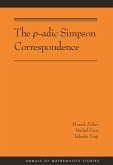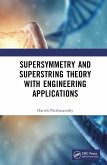This book, an abridgment of Volumes I and II of the highly respected Group Theory in Physics, presents a carefully constructed introduction to group theory and its applications in physics. The book provides anintroduction to and description of the most important basic ideas and the role that they play in physical problems. The clearly written text contains many pertinent examples that illustrate the topics, even for those with no background in group theory.This work presents important mathematical developments to theoretical physicists in a form that is easy to comprehend and appreciate. Finite groups, Lie groups, Lie algebras, semi-simple Lie algebras, crystallographic point groups and crystallographic space groups, electronic energy bands in solids, atomic physics, symmetry schemes for fundamental particles, and quantum mechanics are all covered in this compact new edition.
"....Very clearly written for theoretical physicists and, overall, very precise from the mathematical point of view, such a book is suitable for advanced undergraduate and postgraduate students, in particular. If you read the preface, you also immediately understand that the author has the solicitude "to try to overcome the communication barrier" between physicists and pure mathematicians. I strongly recommend the bijective character of such an application between the two communities: I expect that this will suggest more and more constructive interactions. This is definitely a very good approach to group theory in physics." --MATHEMATICAL REVIEWS, November 1998








